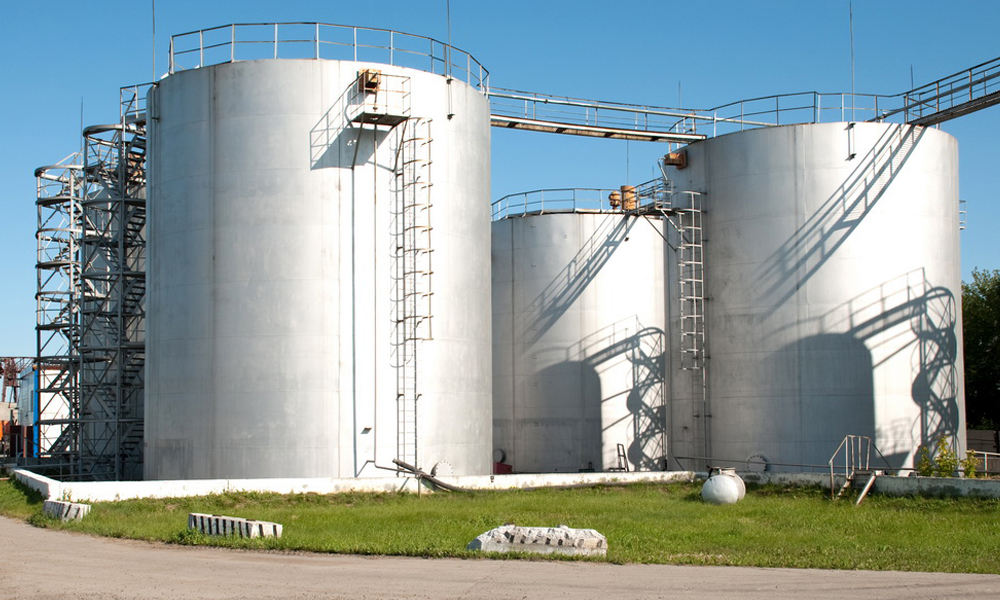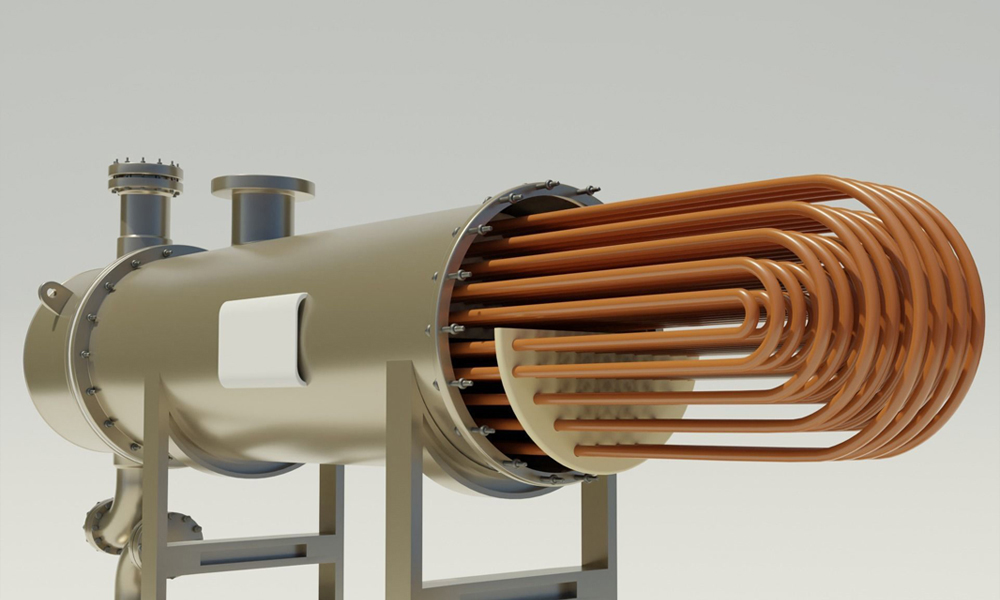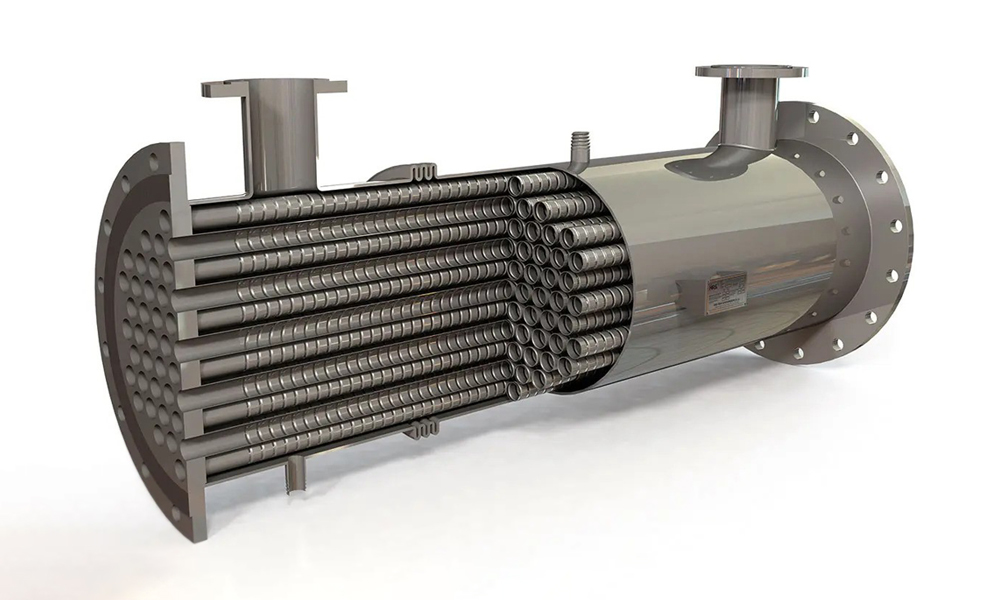Cylindrical tanks are among the most widely used storage equipment across various industries, including oil and gas, chemical, food, and water treatment sectors. Thanks to their geometric design, these tanks offer high storage capacity for liquids and gases, making them efficient under various temperature, pressure, and chemical conditions. Choosing the appropriate material for these tanks is crucial to enhancing their efficiency and service life, directly influencing their functionality.
Applications of Cylindrical Tanks in Different Industries
As mentioned, cylindrical tanks are widely utilized across industries. Below, we explore their applications in specific sectors:
Oil and Gas Industry
Cylindrical tanks are extensively employed in the oil and gas industry for storing crude oil, petroleum products, liquefied gases, and chemicals. These tanks are categorized into two main types:
- Atmospheric Cylindrical Tanks: Designed to store materials at atmospheric pressure, atmospheric cylindrical tanks require materials resistant to corrosion caused by chemicals like sulfides and chlorides.
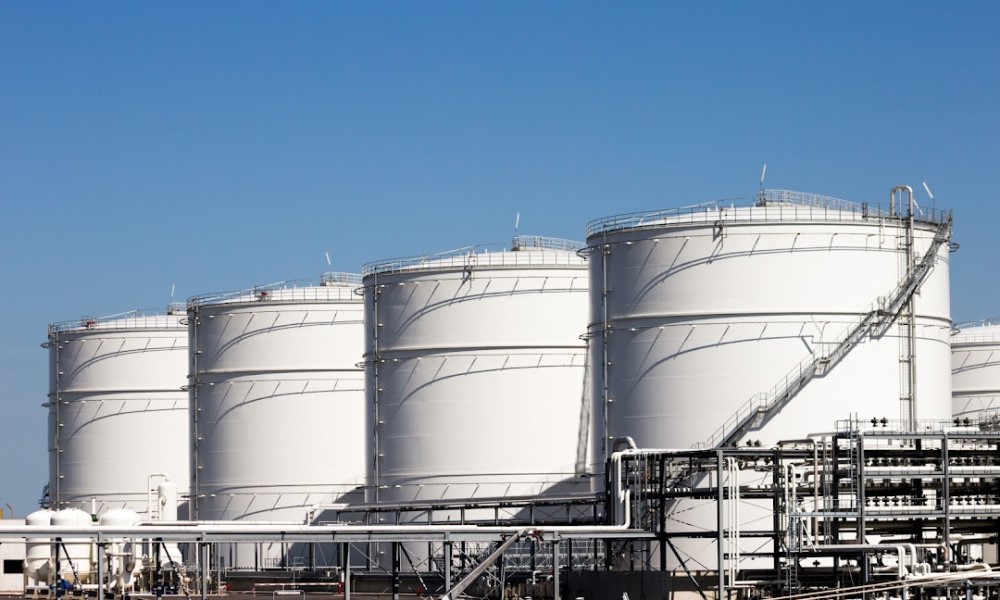
- Under Pressure Vessels: Used for storing gases and liquids under high pressure, under pressure vessels are commonly constructed from steel alloys or composite materials.
Chemical Industry
In the chemical industry, cylindrical tanks store and transport corrosive substances such as acids, bases, and solvents. These tanks must feature corrosion-resistant coatings or be made of materials like stainless steel or fiberglass (FRP).
Food and Pharmaceutical Industries
In these sectors, maintaining the purity and quality of stored materials is vital. Cylindrical tanks here are typically made from stainless steel grades 304 or 316, offering smooth surfaces and high resistance to corrosion. They are used for storing milk, oils, beverages, medicines, and sensitive chemicals.
Water and Wastewater Industries
In water and wastewater projects, cylindrical tanks are utilized for storing drinking water, wastewater, and chemical treatments. Materials used for these tanks include galvanized steel, polyethylene, and reinforced concrete, offering resistance to environmental factors and corrosion.
Energy Sector
In power plants and energy transmission systems, cylindrical tanks store liquid fuels, pressurized gases, and chemicals. To ensure optimal storage, these tanks are made from special alloys with high thermal resistance, capable of withstanding extreme temperatures.
The Role of Material in Cylindrical Tank Performance
Selecting the right material significantly impacts the performance, safety, and maintenance costs of cylindrical tanks. Below are common materials used for these tanks:
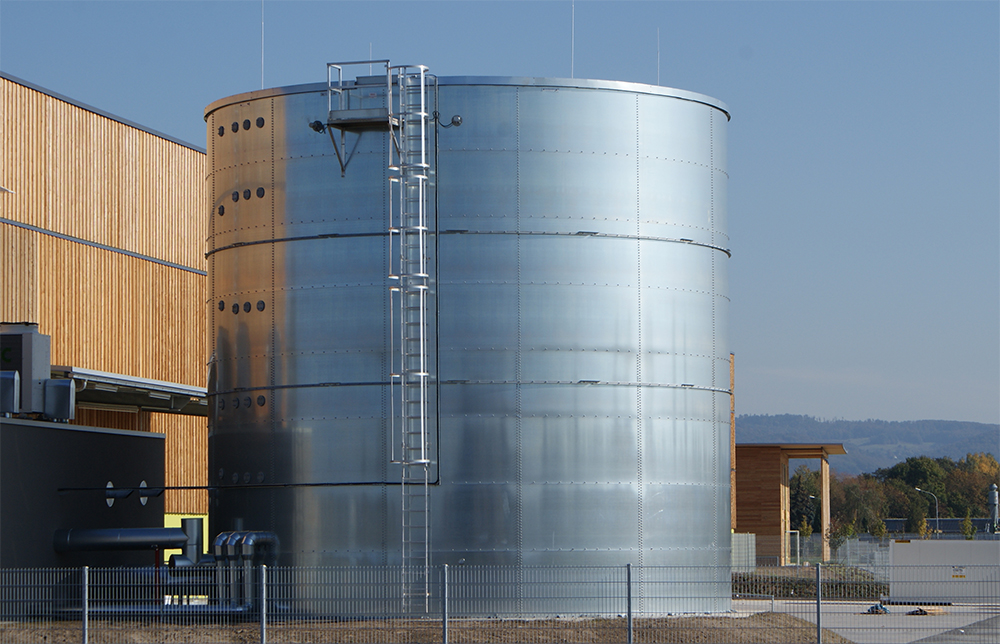
Carbon Steel: Due to its affordability and high strength, carbon steel is widely used for large tanks in the oil and gas industries. While prone to corrosion, protective linings or epoxy coatings can mitigate this issue.
Stainless Steel: Highly resistant to rust and corrosion, stainless steel is an ideal choice for storing sensitive materials in food, pharmaceutical, and chemical industries. It also maintains stability under temperature fluctuations.
Aluminum: Aluminum is suitable for applications where tank weight is a critical factor. It is lightweight yet durable and offers good resistance to corrosion. However, its high cost may limit its use.
Composite Materials and Reinforced Plastics: Composite materials like fiberglass (FRP) and reinforced plastics are used for storing corrosive chemicals and acids. These materials are lightweight and highly resistant to corrosion but have lower mechanical strength compared to metals.
Challenges in Material Selection for Cylindrical Tanks
The choice of material for cylindrical tanks determines their functionality and production costs. Key challenges include:
- Material and Construction Costs: The more durable the material, the higher the construction costs. Therefore, a precise analysis of requirements and budget is essential.
- Environmental Conditions: Factors such as humidity, ambient temperature, and chemical exposure affect material selection. For instance, stainless steel or galvanized coatings are necessary in high-humidity areas.
- Stored Material Type: Stored substances can have varying chemical effects on the tank walls. For acids, stainless steel or composite materials are preferred, while carbon steel with protective coatings suffices for crude oil.
Design Considerations for Atmospheric Cylindrical Tanks
Atmospheric cylindrical tanks, primarily used for storing materials at atmospheric pressure, must meet specific design criteria:
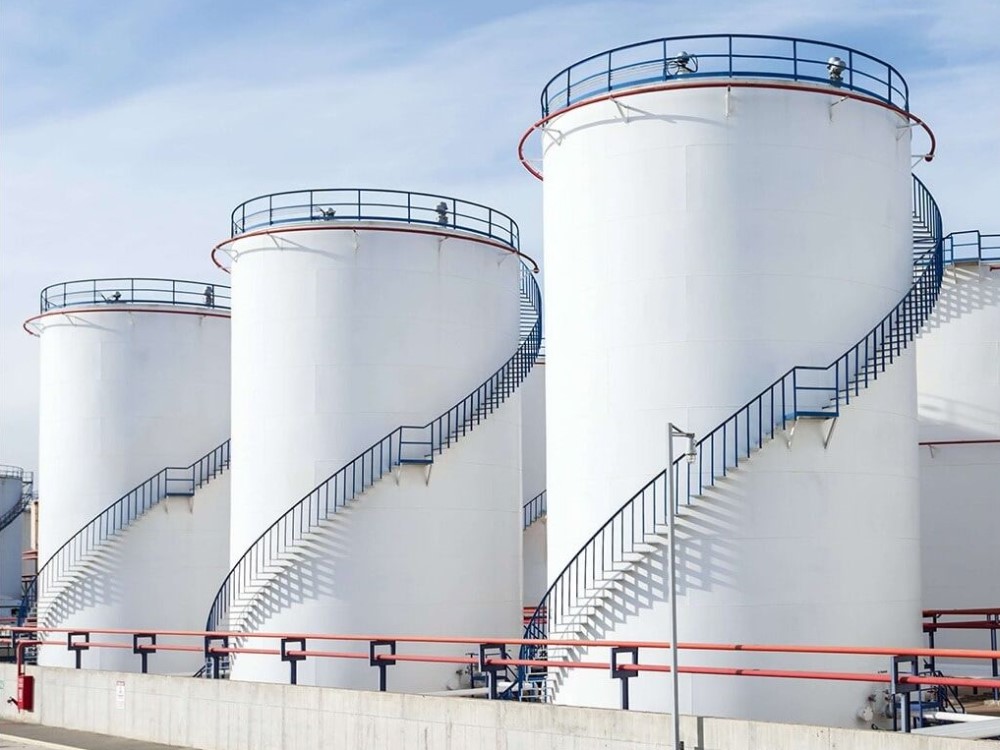
Reinforced Walls for Pressure Resistance:
While not exposed to high pressure, their walls must withstand the weight of stored liquids and environmental impacts.
Ventilation Systems to Reduce Vapors:
In tanks storing petroleum products, toxic vapors may form. Proper ventilation systems and vapor-resistant materials are crucial to prevent vapor buildup.
Mitigating Internal and External Corrosion:
Using epoxy coatings, anti-corrosion paints, and galvanized linings can enhance tank durability.
Conclusion
Cylindrical tanks play a vital role in storing and transporting various materials across industries. Selecting the appropriate material for these tanks depends on their application, environmental conditions, and the type of stored material. Carbon steel and stainless steel are prevalent in the oil and gas sector, while composite materials and aluminum are also utilized in chemical and food industries. Thorough needs analysis and advanced technologies can help reduce costs and extend the lifespan of these tanks.


